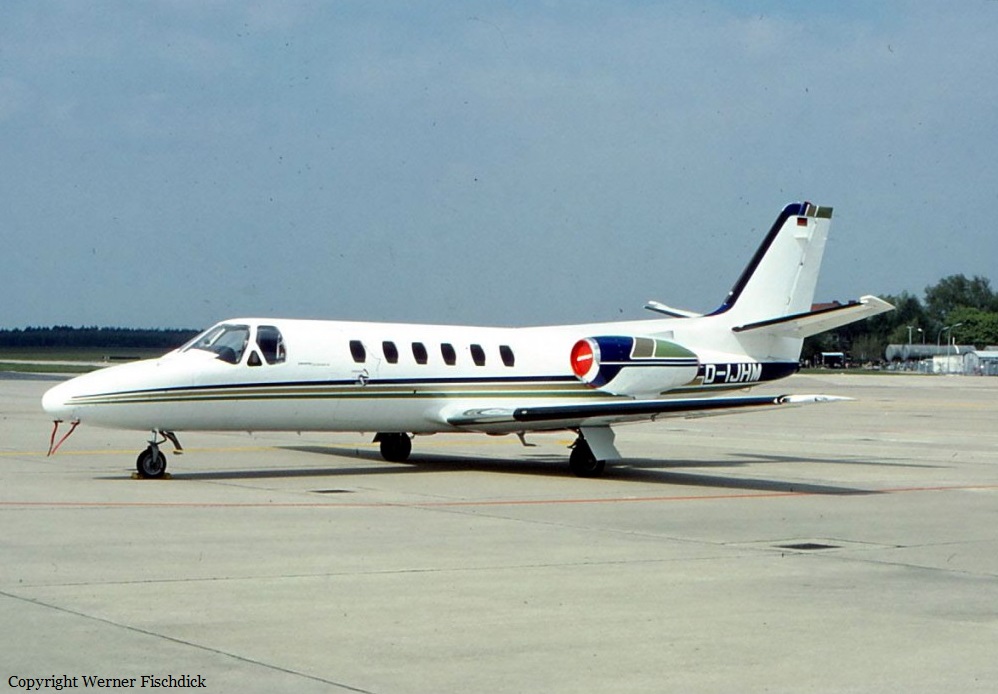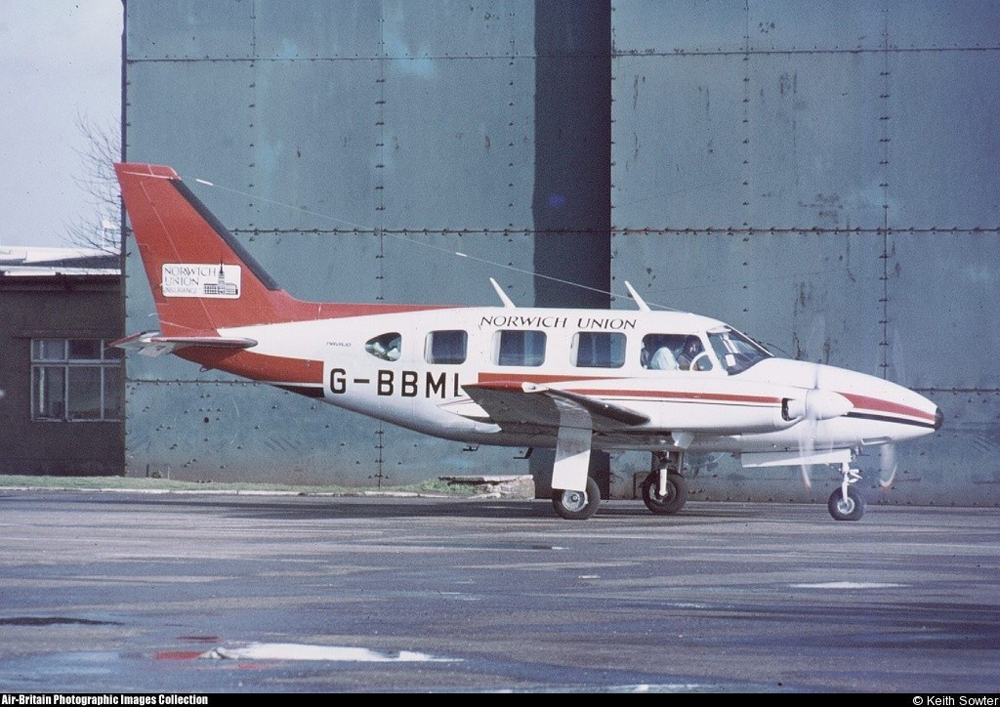Crash of a Cessna 551 Citation II/SP in Kassel: 8 killed
Date & Time:
May 19, 1982 at 0824 LT
Registration:
D-IJHM
Survivors:
No
Schedule:
Munich - Kassel
MSN:
551-0033
YOM:
1980
Crew on board:
2
Crew fatalities:
Pax on board:
6
Pax fatalities:
Other fatalities:
Total fatalities:
8
Captain / Total hours on type:
526.00
Copilot / Total hours on type:
526
Aircraft flight hours:
520
Circumstances:
Following an uneventful flight from Munich, the crew started the descent to Kassel-Calden Airport. The visibility was reduced with local patches of fog. On approach to runway 22, the pilot-in-command failed to realize his altitude was insufficient when the aircraft struck trees and crashed in a wooded area located 4,500 meters short of runway threshold and 1,100 meters from the extended centerline. The aircraft was destroyed and all eight occupants were killed.
Probable cause:
It was determined that the crew failed to follow the prescribed procedures and continued the approach below the glide in limited visibility. The pilot capacities were probably diminished by the presence of alcohol in his blood, which was considered as a contributing factor. The crew also failed to initiate a go-around procedure.



